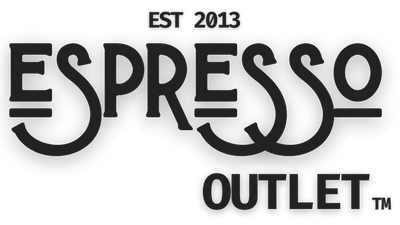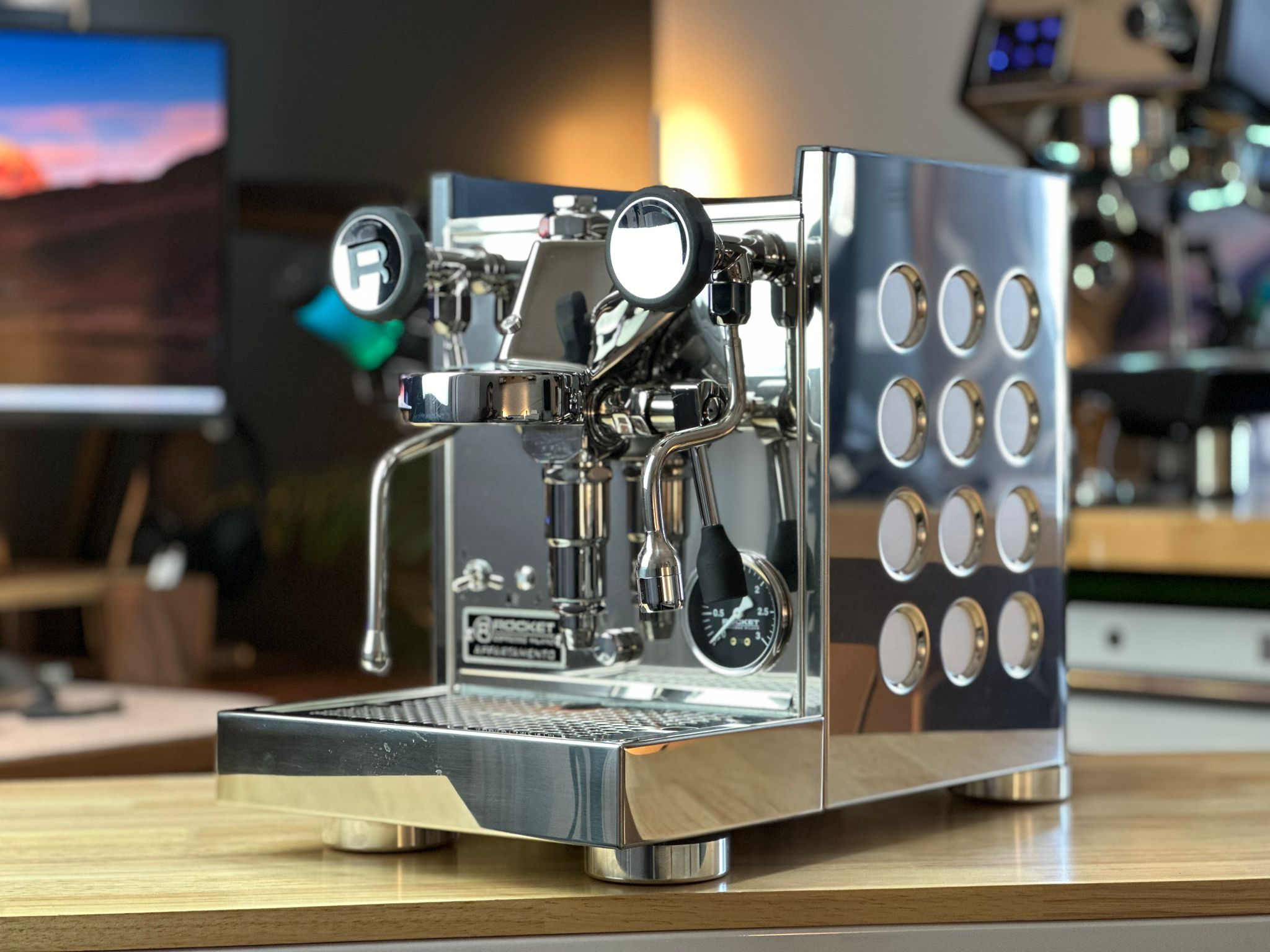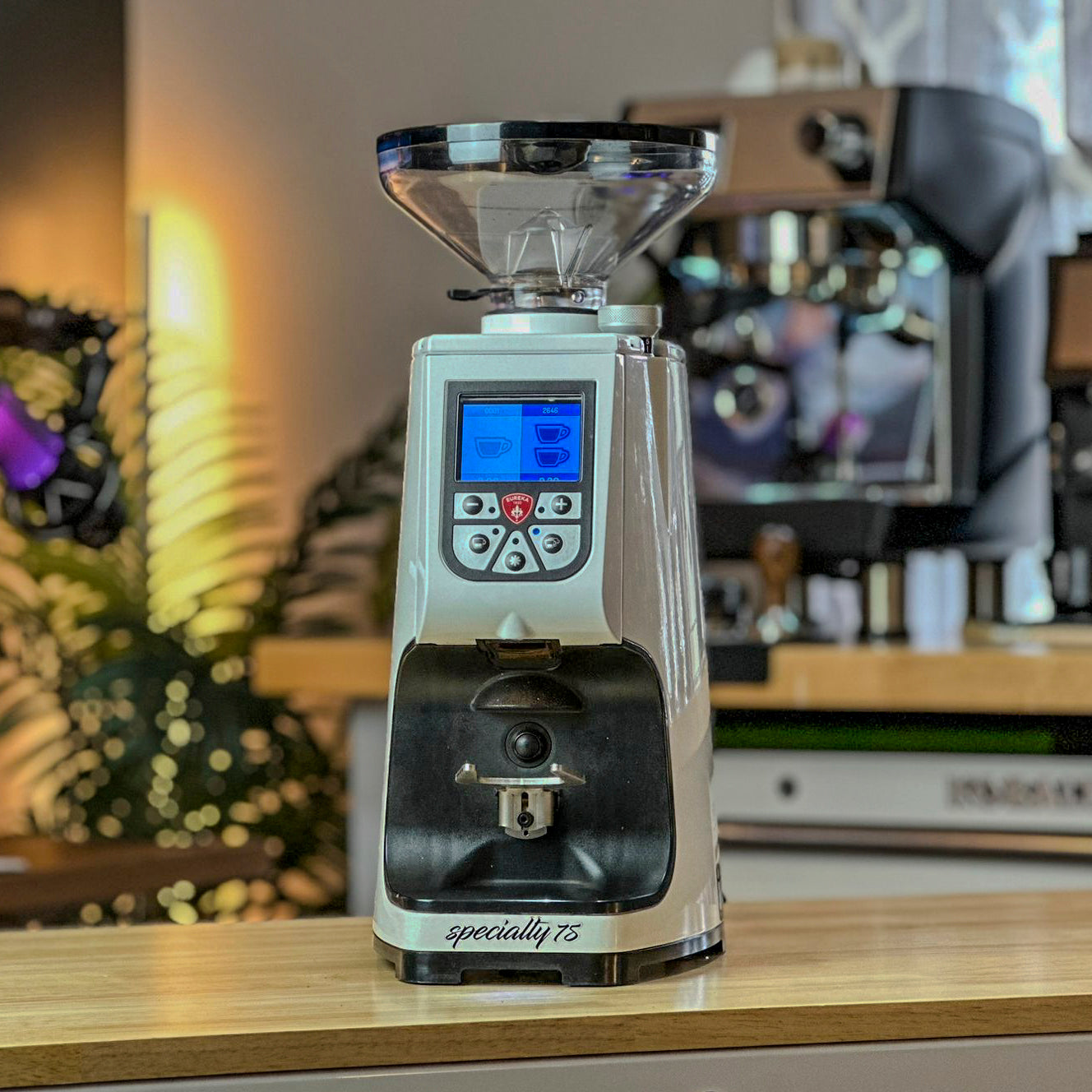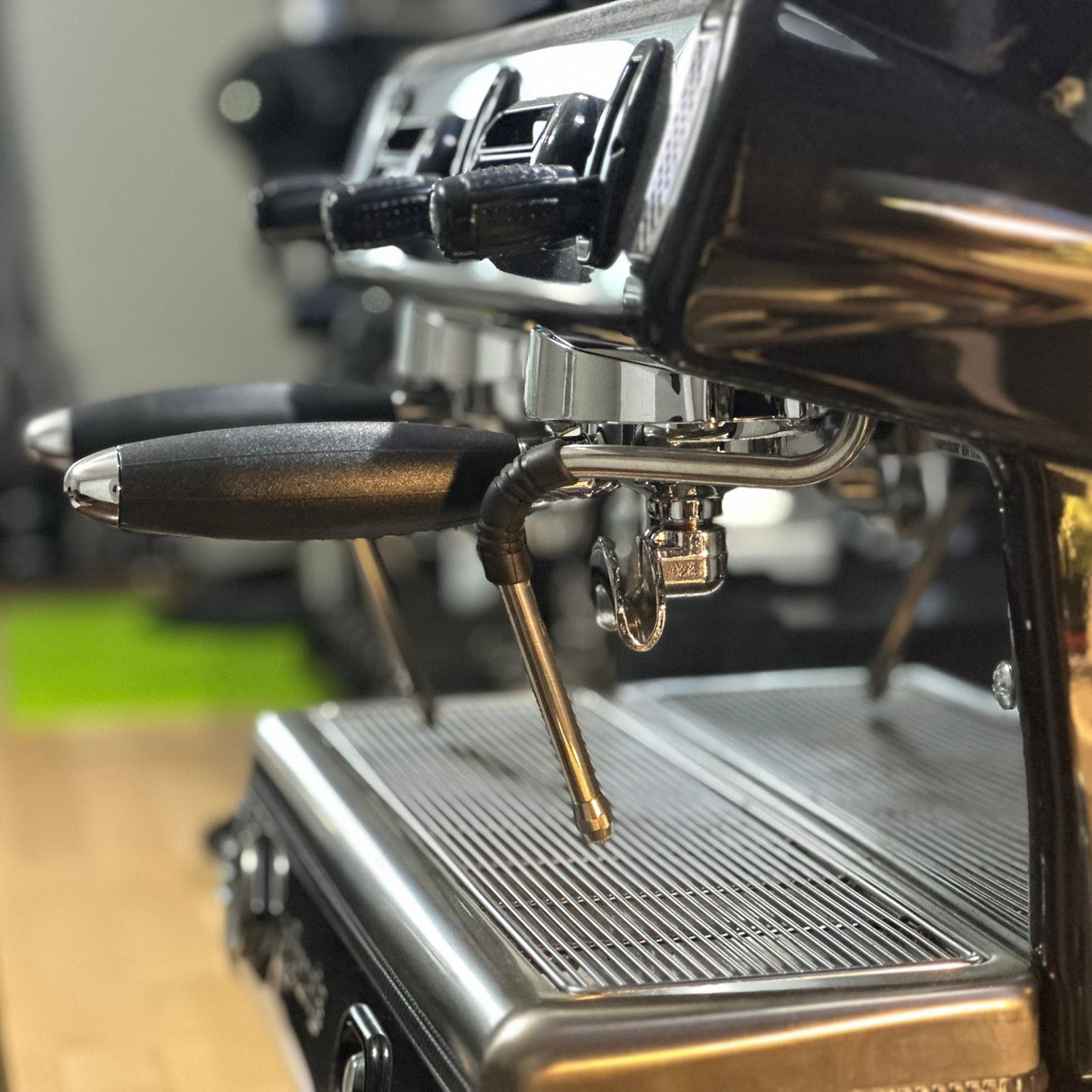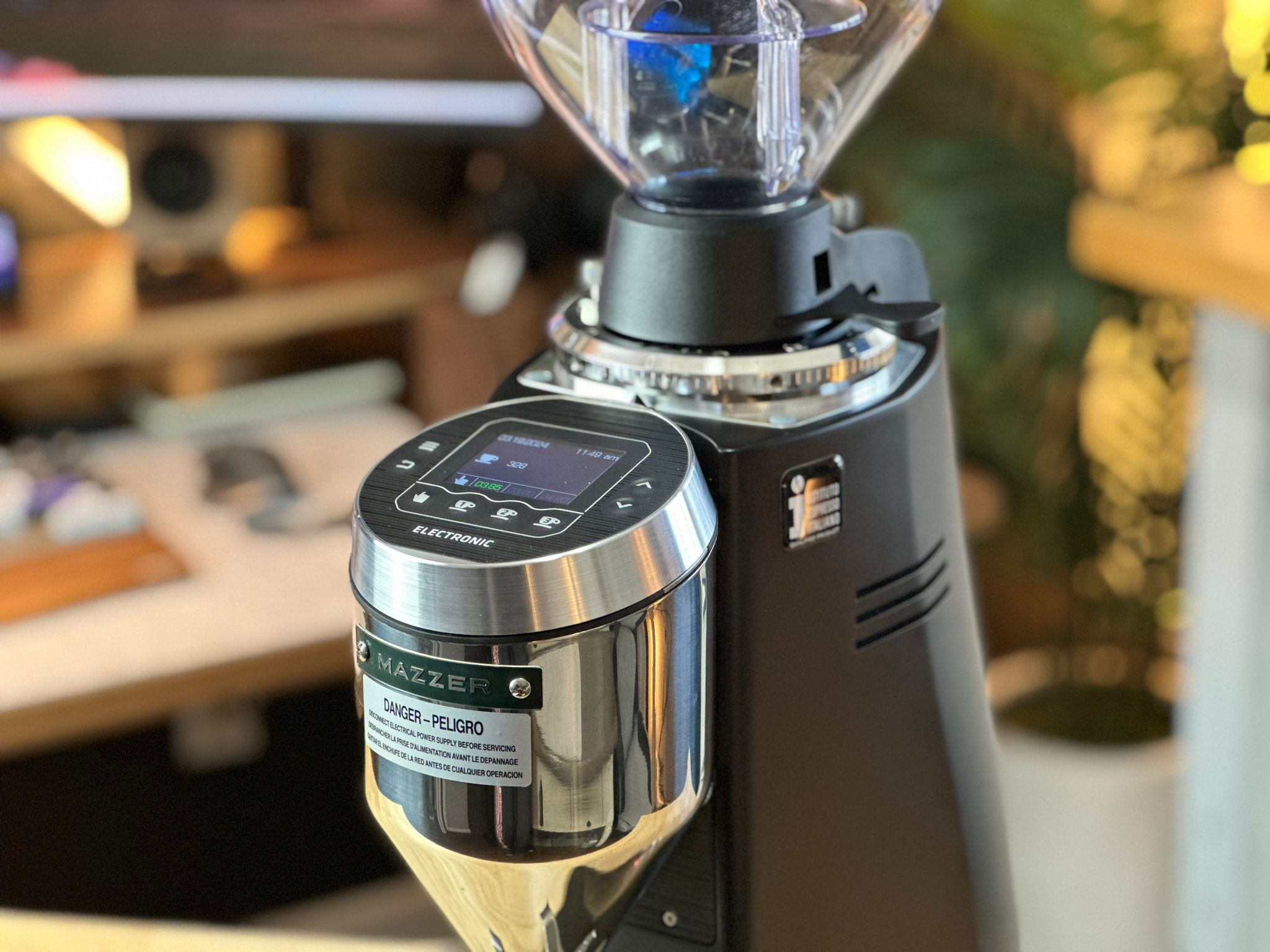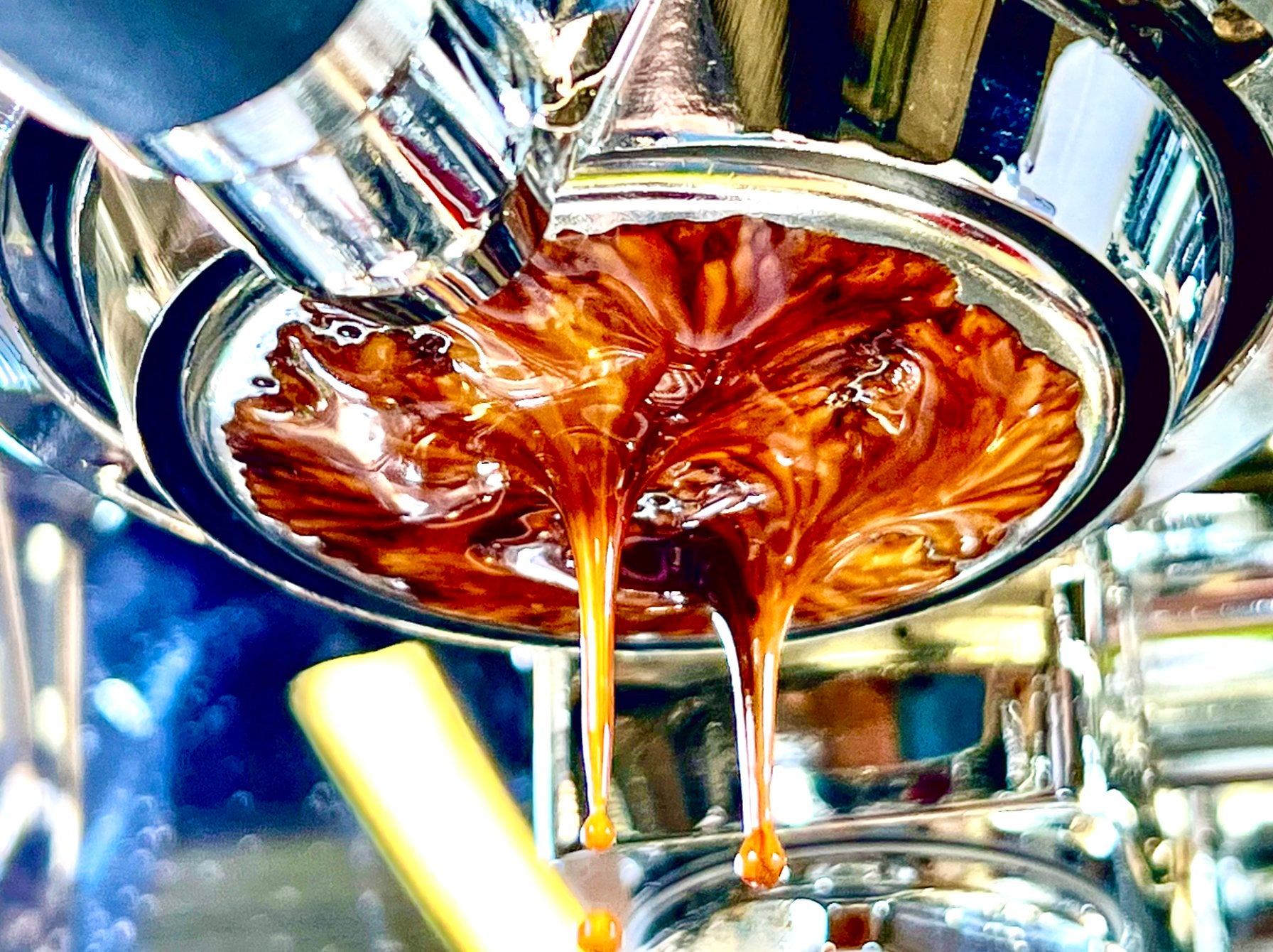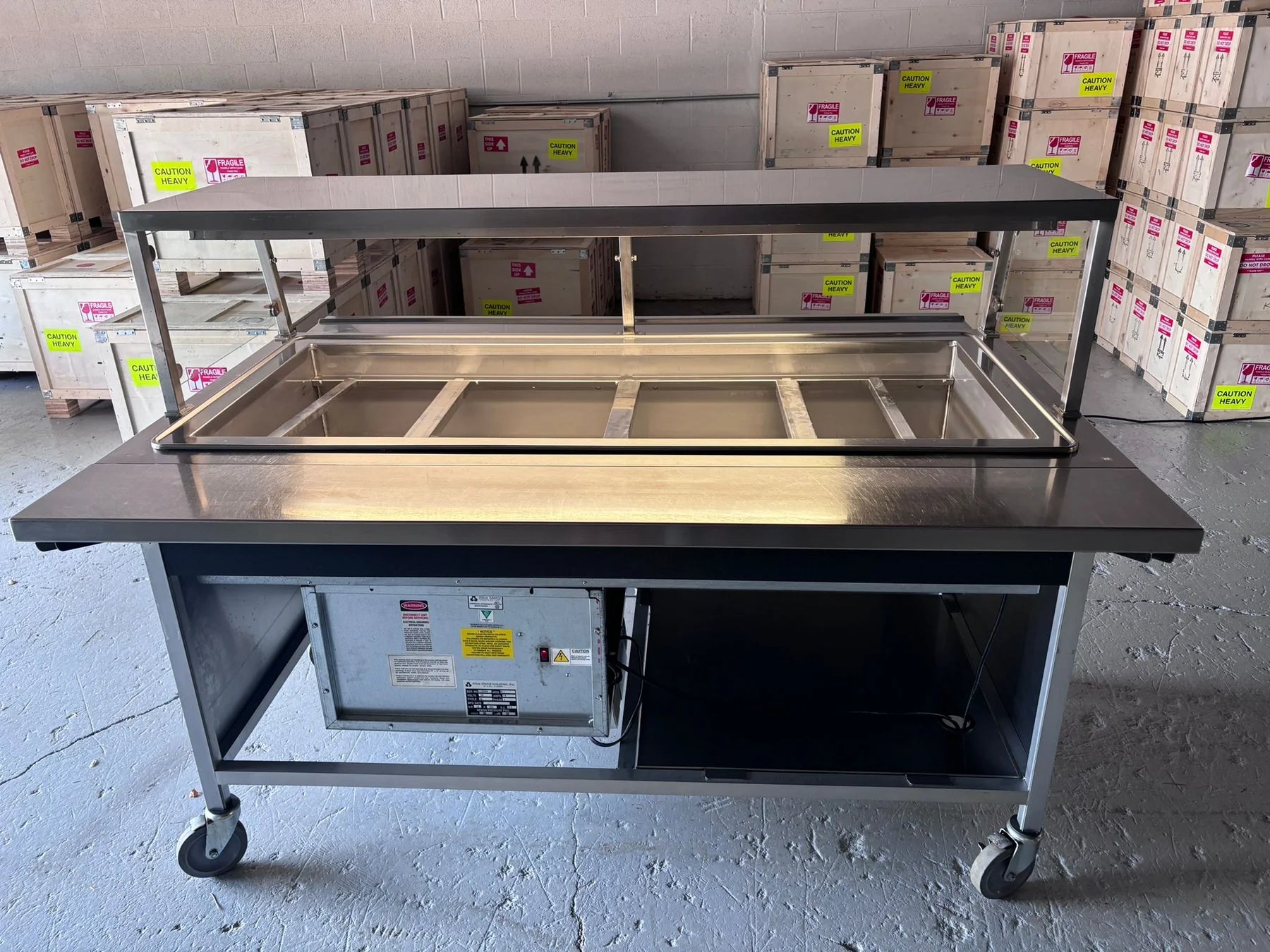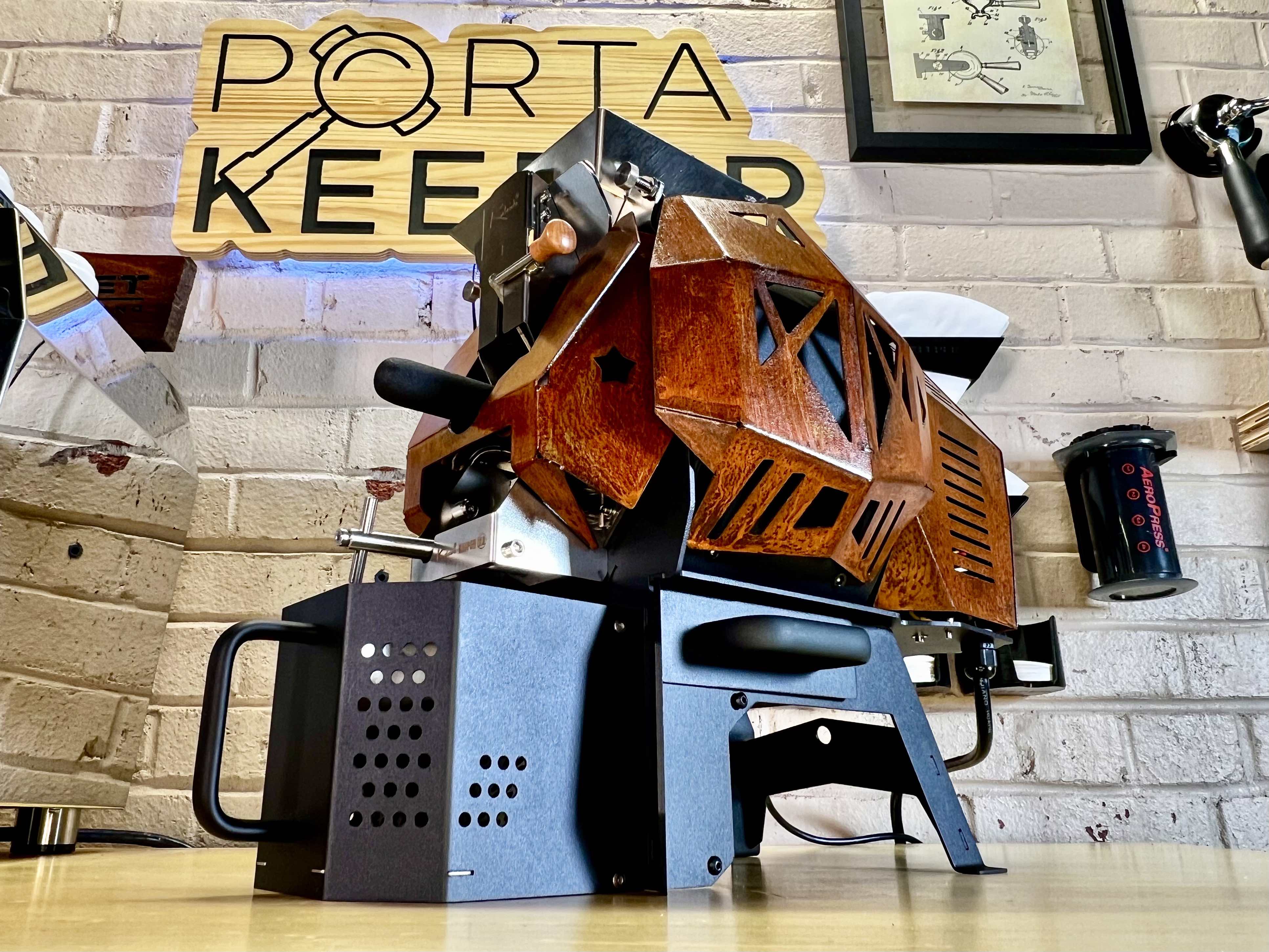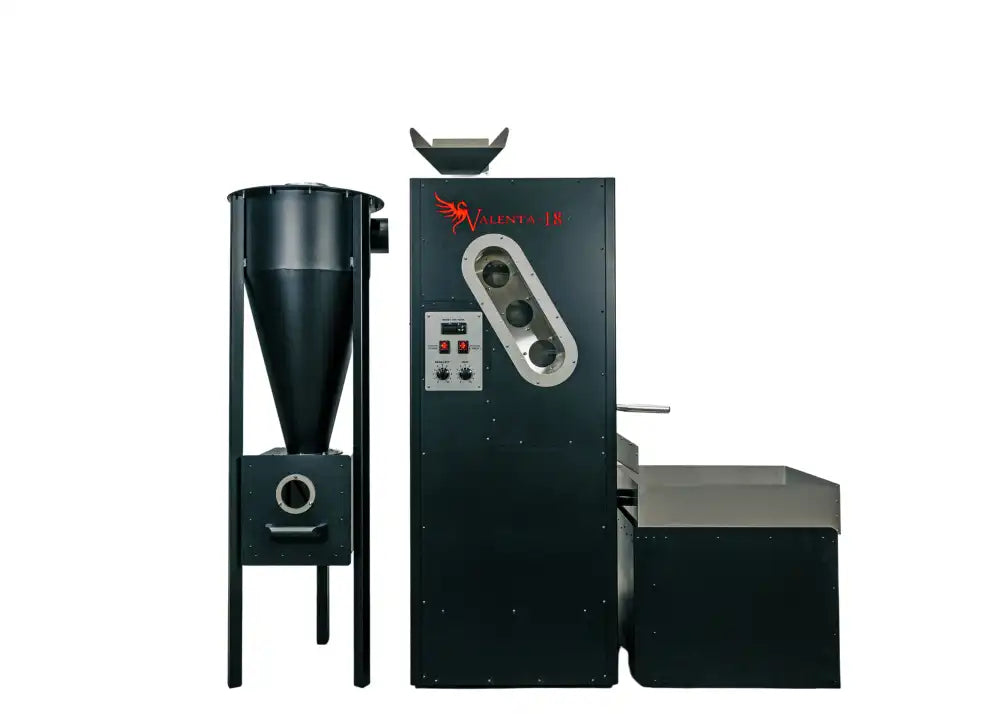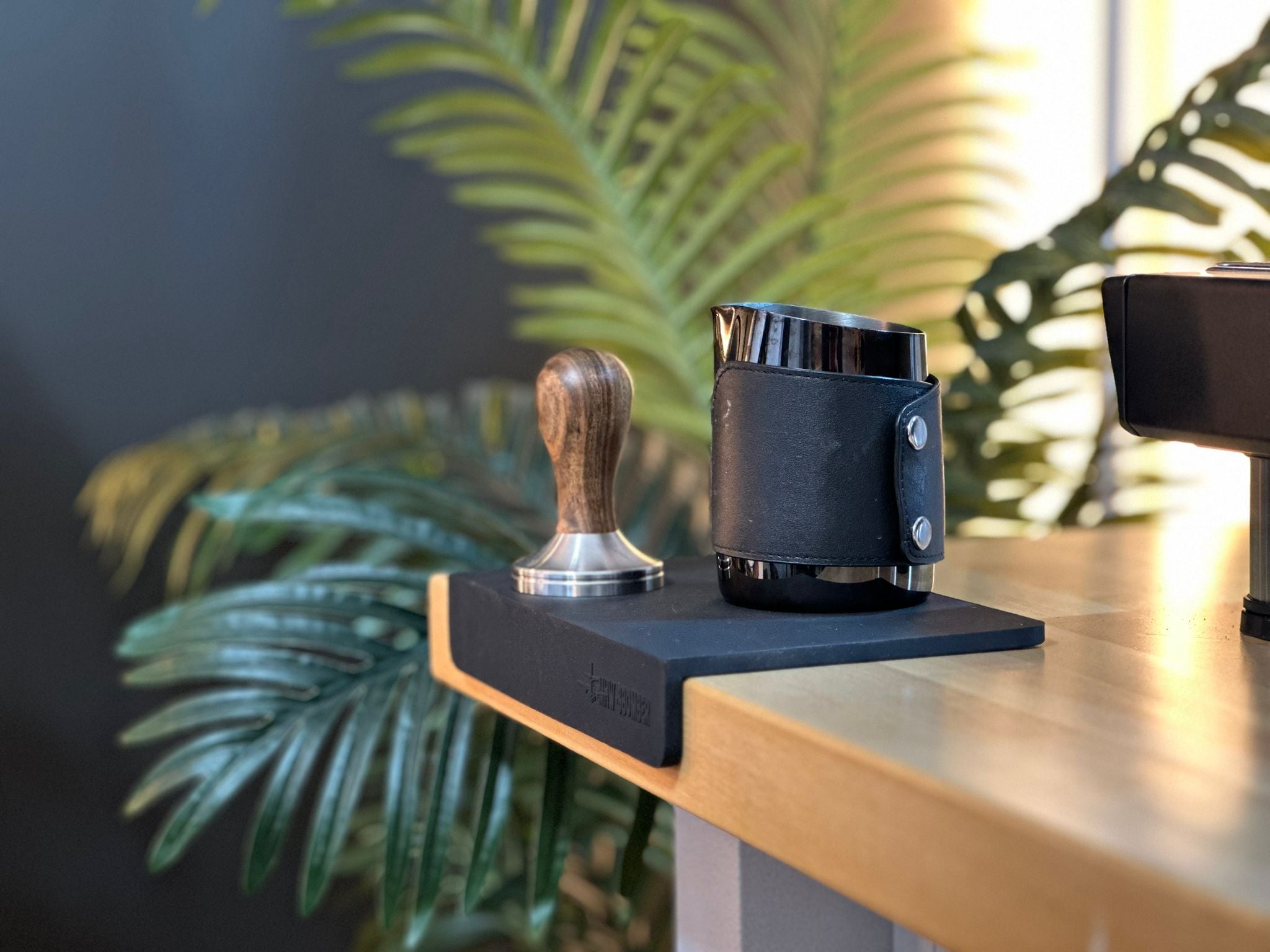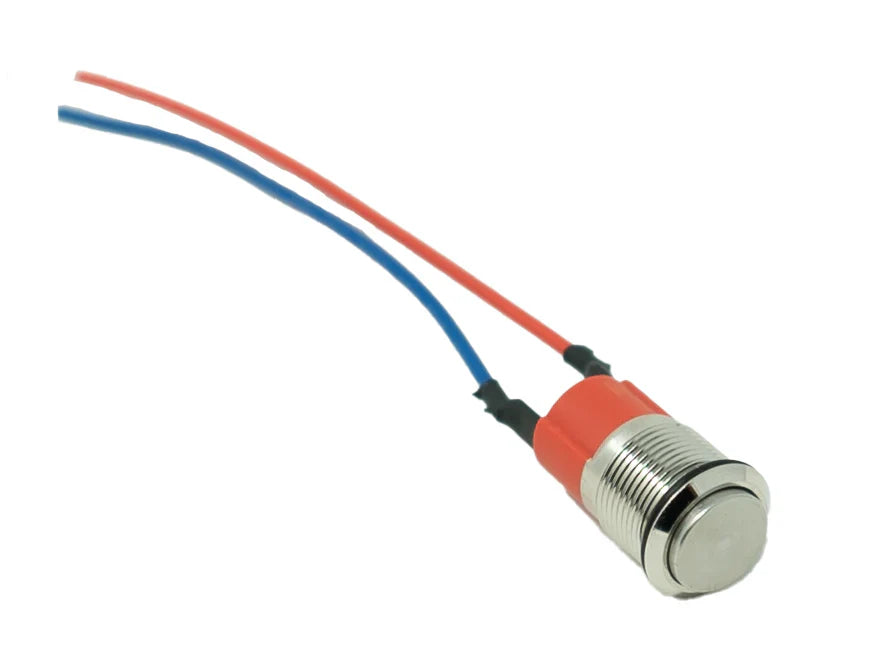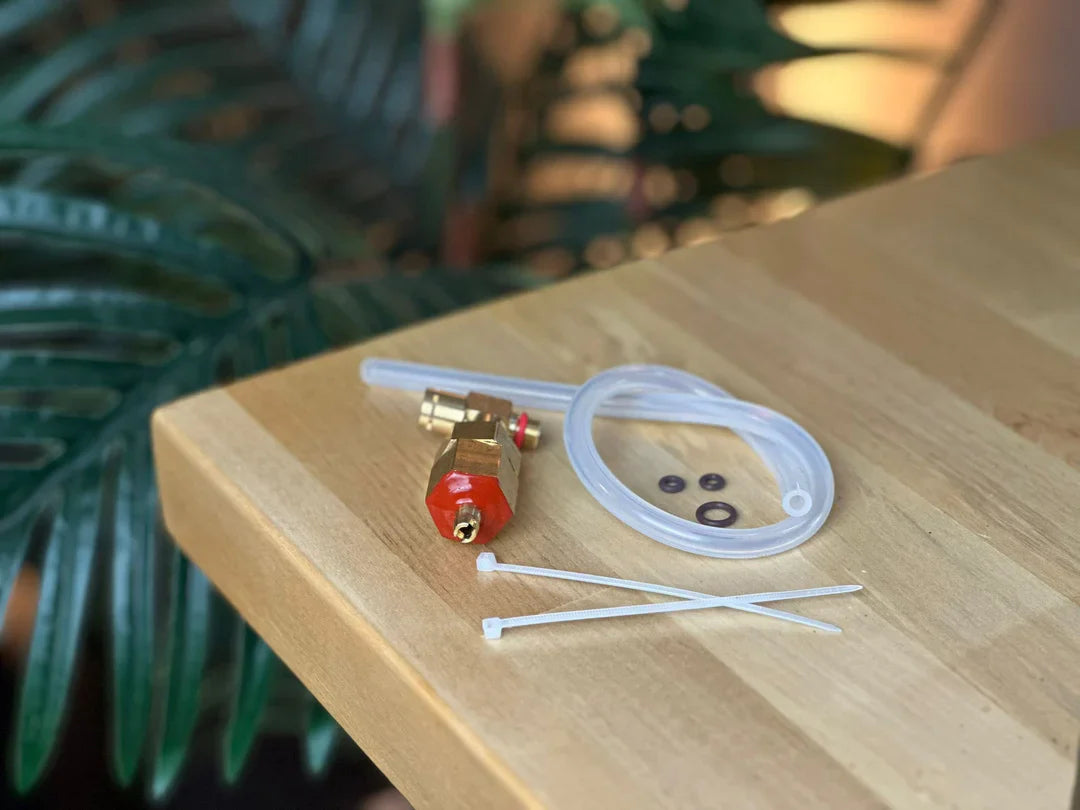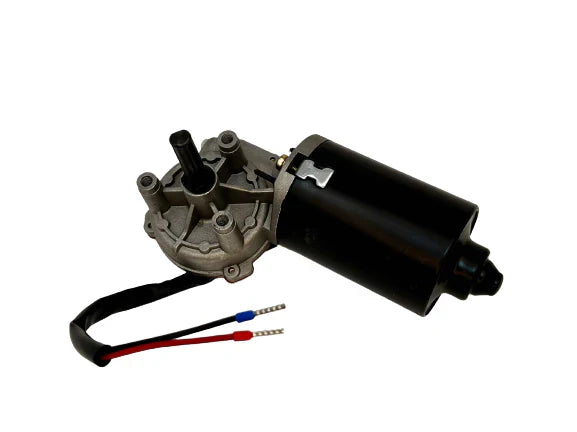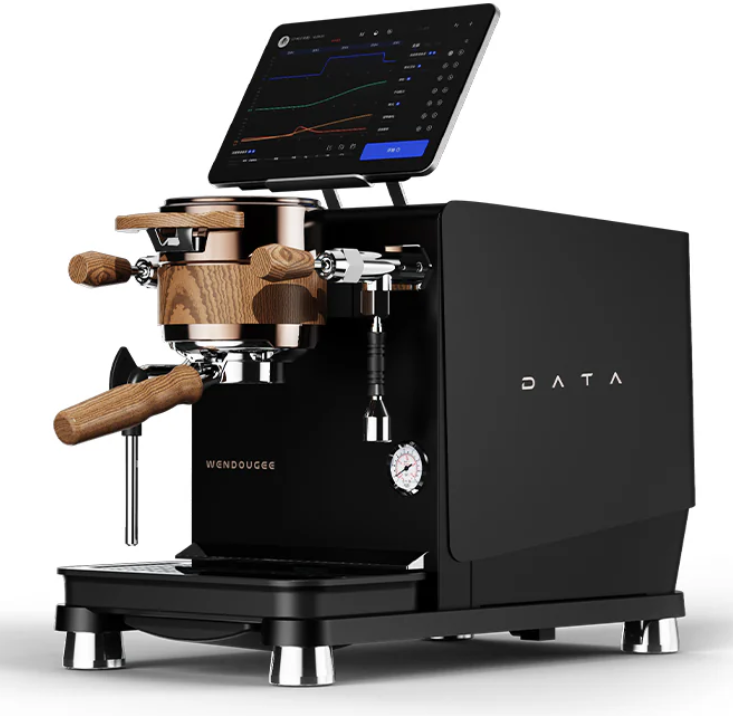History of Espresso Machine Invention
The history of the espresso machine is complex, involving several key figures over the span of decades who contributed to its development. Below is a detailed account of its evolution:
Origins of Espresso
The story begins in the late 19th century when the Industrial Revolution brought with it advancements in steam technology. Italians, already renowned for their coffee culture, began experimenting with ways to speed up the brewing process.
Early Patent: Angelo Moriondo (1884)
The first known patent for a coffee machine designed to produce coffee quickly using steam was filed by Angelo Moriondo of Turin, Italy, in 1884. Moriondo’s machine could brew coffee by passing pressurized steam through ground coffee. It was not an espresso machine by modern standards but was the first to use steam pressure to speed up the brewing process. However, Moriondo never commercialized his invention widely.
- Moriondo’s patent (No. 33/256) was titled "New steam machinery for the economic and instantaneous confection of coffee beverage."
- His machine was large and cumbersome, used in hotels and cafes, and more closely resembled an industrial device rather than the smaller espresso machines we see today.
Luigi Bezzera and Desiderio Pavoni (1901-1905)
The next major leap came from Luigi Bezzera, a Milanese mechanic who, around 1901, improved upon Moriondo’s concept by creating a machine that could brew coffee quickly and with more flavor. Bezzera's innovation allowed for single-shot brewing and increased the machine’s efficiency. His patent in 1901 described a machine that used steam and boiling water to brew coffee under pressure, extracting a more concentrated, aromatic beverage.
However, while Bezzera had refined the design, he struggled to market it. This is where Desiderio Pavoni enters the story. Pavoni acquired the rights to Bezzera's patent in 1903 and began refining and commercializing the design. Together, they launched the first mass-produced espresso machine, known as the “Ideale,” in 1905 under the La Pavoni brand.
Key innovations included:
- The use of steam pressure (around 1.5 bars) to brew coffee more quickly.
- The introduction of a steam wand to froth milk, making drinks like cappuccinos possible.
- The early machines were bulky, yet they laid the foundation for modern espresso brewing.
Achille Gaggia (1938-1947)
The modern espresso machine, as we recognize it today, took shape thanks to Achille Gaggia. In 1938, Gaggia patented a machine that eliminated the need for steam pressure, replacing it with a piston pump that forced hot water through the coffee grounds. This machine produced a much higher pressure (around 9 bars), which resulted in the creation of crema, the characteristic golden foam on top of espresso.
This was a significant breakthrough for espresso brewing:
- Gaggia’s innovation improved the flavor and texture of espresso.
- By using high-pressure water instead of steam, it allowed for faster extraction and better flavor preservation.
By 1947, Gaggia began producing his machines commercially, leading to the popularization of espresso worldwide.
Modern Developments
The subsequent decades saw continuous refinements in espresso technology. Key developments included:
- 1950s-1960s: The introduction of automatic dosing and temperature control.
- 1980s-2000s: The rise of electronic controls and computerized machines for improved consistency.
- 2000s-present: The advent of home espresso machines and super-automatic machines that grind, tamp, and brew with the push of a button.
Summary of Contributions:
- Angelo Moriondo (1884): First patent for a steam-powered coffee machine.
- Luigi Bezzera (1901): Improved the machine to brew single shots quickly.
- Desiderio Pavoni (1905): Commercialized and mass-produced the espresso machine.
- Achille Gaggia (1938): Introduced the modern piston pump, creating the crema-topped espresso we know today.
While several inventors contributed to the evolution of the espresso machine, Achille Gaggia is often credited with inventing the modern machine that makes espresso in its present form.
Sources:
- Stefano Garibaldi, Espresso Making: The Italian Way (Turin: Slow Food Editore, 2018).
- Jonathan Morris, Coffee: A Global History (London: Reaktion Books, 2018).
- La Pavoni official website, history section.
